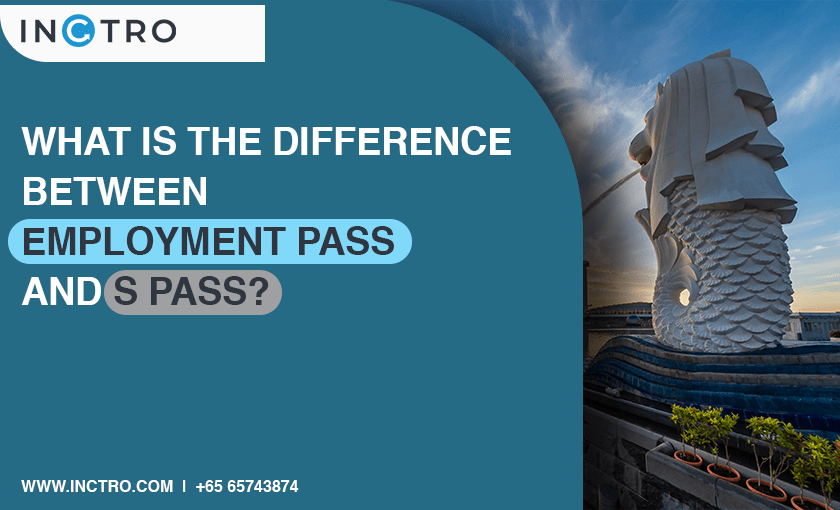- February 6, 2023
- Posted by: Vivek Sharma
- Category: Knowledge Base

The disparities between Employment Pass (E Pass) and S Pass have been formulated primarily based on the gaping gulf between varying professional skills and expertise levels. While both these documents function as work permits, the two diverge in terms of various factors, including applicability, eligibility, validity, registration processes and minimum salary requirements.
The employment pass and its tenets
According to the Ministry of Manpower (MOM), the Employment Pass is intended to allow foreign professionals, specifically executives and managers, to work in Singapore. However, the candidates must earn a minimum of $5,000 per month. Employers also stand obligated to demonstrate their earlier attempts to consider all possible jobseekers.
Understandably, this E Pass is relevant to highly skilled professionals blessed with superior academic qualifications. Precisely, this applies mainly to administrative, managerial or directorial designations in the distinctly specialised fields of networking, accountancy, and academics, amongst others.
The S Pass
In contrast, the S Pass theoretically enables moderately skilled technicians and staff to operate in Singapore. Meant for potential candidates drawing at least $3,000 each month, it chiefly concerns individuals having a requisite diploma or technical certifications of course(s) spanning at least a year along with suitable industrial exposure.
S Pass and E Pass differ most significantly in the pricing mechanism or Levy, which regulates the number of foreign workers serving in Singapore, with rates being assessed and updated periodically. For holders of E Pass, employers typically pay 0.25% of the minimum salary, as mentioned earlier. On the other hand, the rates for employees of S Pass are conventionally imposed from the day of issuance of the pass while dissolving with the expiration of the same. The figures broadly vary across sectors like services or manufacturing, ranging from 10% to 20%.
While E Pass does not include space for Quota provision, the same for S Pass has undergone phases of revisions. As of January 2023, the allotted margins stand at 13%, 15% and 15% for the services, manufacturing, and construction sectors, respectively.
E Pass and intra-company transfers
By nature, the E Pass also gains prominence in the event of intra-company transfers or even the relocating of new hires. While the qualifying salary figure varies across different age groups, it is to be noted that qualifications are accepted solely from certain exclusively accredited institutions rather than any recognised university. Furthermore, those having an E Pass are bestowed with medical insurance facilities.
The Future
The future does have dynamic transformations in store for both E Pass and S Pass. From September 2023 onwards, EP holders would need to mandatorily crack the new points-oriented evaluation of COMPASS (Complementarity Assessment Framework). On the other hand, S Pass holders are expected to experience progressive benefits, critical changes to qualifying salary structures, and levy rates from September 2023 and further September 2025.
Conclusion:
Singapore is a Country that harbours diverse migrant workers, and the administration is determined more than ever to devise a unified socio-economic model for facilitating the ideal cohesive and multicultural workspace. If you wish to know more about E Pass and the S Pass, please set up a complimentary call with our in-house experts by contacting us (Click here).
